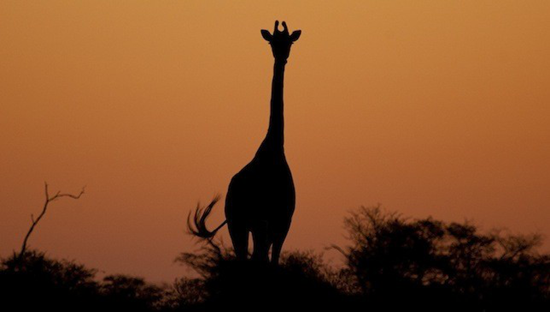
Humans are at a crossroads in our relationship with other wildlife. On one hand, we're helping cause what scientists increasingly describe as a mass extinction event, thanks to a combination of habitat loss, overhunting, invasive species, pollution and climate change. Yet we've also begun to demonstrate an ability - and, more importantly, a will - to save wild animals from ourselves.
It took a lot of extinctions to scare us straight, but after losing icons like the passenger pigeon, Tasmanian tiger and Caribbean monk seal, we began to take conservation more seriously last century - at least sometimes. Hunting laws and habitat protections helped avert the loss of several high-profile animals, from American alligators, bald eagles and grey wolves to Brazil's golden lion tamarin, India's Bengal tiger, South Africa's southern white rhino and a variety of baleen whales.
There are now 7 billion of us, though, and we're often more dangerous than we think. China's surging middle class has recently spiked demand for far-flung wildlife products like shark fins, rhino horns and elephant ivory, while logging and agriculture are devouring biodiversity hotspots in the Amazon and Indonesia. Plastic pollution plagues whales and sea turtles worldwide, and high-speed climate change is forcing countless creatures to adapt abruptly or die. Even some species we've already saved are backsliding, namely rhinos, elephants and others poached by international crime syndicates.
If you're an endangered animal, these are the best and worst of times. Humans may be your biggest threat and your best hope, with some poaching you at night by helicopter and others risking their own lives to defend yours. It's too early to know if we're seeing a full-blown mass extinction - Earth has had five such events before, but this would be the first in human history and the first with our help. Studies suggest the current pace of extinctions is thousands of times above the historical "background" rate, and if that keeps up, more than half of all known species could vanish over the next few centuries.
But thankfully we don't have to wait and see. We've proven ourselves capable of preventing extinctions when we commit to it, and that ability is more important than ever. So as we begin a new year, here's a look at 15 animals whose futures could be decided - for better or worse - in 2015:
1. Javan rhino
A Javan rhino is fed at a zoo circa 1900. The species is no longer kept in captivity and barely exists in the wild.
(Photo: Wikimedia Commons)
(Photo: Wikimedia Commons)
Poaching and habitat loss now threaten all five surviving rhinoceros species, but none more so than the critically endangered Javan rhino. Once found across a swath of Southeast Asia from India to Indonesia, two of its three subspecies are now extinct, including a Vietnamese variety whose last member was killed by a poacher in 2010. That leaves about 40 individuals in Ujung Kulon National Park on the island of Java. Since no Javan rhinos exist in captivity, the fate of the species likely lies with these holdouts.
2. Vaquita
Vaquitas are famously shy, but their avoidance of boats doesn't protect them from vast gillnets draped in the
water column. (Photo: NOAA)
water column. (Photo: NOAA)
At about 4 feet and 90 pounds, the vaquita is Earth's smallest porpoise. And with only 97 left, it's also the rarest. All remaining vaquitas live in a corner of Mexico's Sea of Cortez, where they're often fatally entangled in drift gillnets. Long used by shrimpers, these indiscriminate nets are also now popular with poachers seeking totoaba, a rare fish whose swim bladder is reputed in China to have medicinal value. Mexico has proposed banning gillnets to protect vaquitas, but since the country's notorious drug cartels are involved in totoaba poaching, experts warn weak enforcement could let vaquitas vanish by 2018.
3. Northern sportive lemur
Photo: Coke Smith via All About Wildlife
The northern sportive lemur has lost 80 percent of its total population in the past 21 years, according to the International Union for Conservation of Nature (IUCN), leaving only an estimated 50 individuals to carry on the species. Its main threat is forest loss for firewood, charcoal production and eucalyptus plantations, along with some illegal hunting by humans for food. Its habitat now spans about 3 square miles (10 square kilometres) in northern Madagascar, and isn't part of any official protected area.
4. Hawksbill sea turtle
The global population of hawksbill sea turtles fell 80 percent in the past century, depleted by decades of poaching, beach development and bycatch. While their overall numbers are still in decline, though, some populations are rebounding thanks to local conservation efforts, most notably in the Caribbean. The species' nest counts on Nicaragua's east coast grew 200 percent from 2000 to 2014, for example, while poaching decreased 80 percent. "Such increases provide hope for the future," the IUCN notes, "but unfortunately are still the exception rather than the rule. Similar results are needed elsewhere."
5. Amur leopard
Amur leopards have one to four cubs per litter, which typically leave their mother after 18 to 24 months.
(Photo: Tambako the Jaguar/Flickr)
(Photo: Tambako the Jaguar/Flickr)
The Amur leopard is an extremely rare subspecies, with only about 20 adults and six cubs still in the wild. Although it once prowled through eastern China and Korea, it's now limited to the Primorye region of Russia. There it faces an array of threats, including poaching for its fur, habitat loss, road traffic and climate change. Its tiny population is still in decline, according to the IUCN, and it has the lowest genetic diversity of any leopard subspecies. The related Amur tiger rebounded from fewer than 40 individuals a generation ago, however, giving conservationists hope the Amur leopard can pull off a similar feat.
6. Blue-throated macaw
A 2014 expansion of their protected habitat in Boliva has raised hopes for the last 120 wild blue-throated
macaws. (Photo: Steve Wilson/Flickr)
macaws. (Photo: Steve Wilson/Flickr)
Bolivia's blue-throated macaw is critically endangered due to the international pet trade, which caused its wild population to plummet in the 1970s and '80s. Bolivia banned live exports of the colourful parrots in 1984, yet deforestation has continued to squeeze the roughly 120 wild survivors. Those birds finally caught a break in early 2014, when the Barba Azul Nature Reserve - the species' only protected habitat and the home of its largest population - doubled in size from 12,350 acres to 27,180 acres.
7. Mountain gorilla
Mountain gorillas are down to roughly 300 mature adults in two populations: the Virunga Mountains of Uganda, Rwanda and Democratic Republic of Congo, and Uganda's Bwindi Forest. Long threatened by habitat loss and hunting, they've also fallen victim in recent decades to armed conflict among humans. A quarter of all wild mountain gorillas now live in Virunga National Park, where their rocky relationship with people, including the spectre of oil drilling, was examined by the 2014 documentary "Virunga."
8. Sumatran elephant
Although Sumatran elephants are protected by Indonesian law, most of their remaining habitat is not.
The Sumatran elephant has lost nearly 70 percent of its potential habitat since 1985, according to the IUCN, increasingly leading to conflict with local human communities that can result in the elephants' relocation or death. Combined with the resurgent international scourge of ivory poaching, this has helped shrink the Sumatran elephant's total population to about 2,600 individuals, prompting a 2012 status update on the IUCN Red List from "endangered" to "critically endangered."
9. Nene goose
Nene numbers are rising, and in 2014 the goose nested on Oahu for the first time since at least the 1700s.
(Photo: James Brennan/Flickr)
(Photo: James Brennan/Flickr)
The nene goose is Hawaii's state bird, a descendant of Canada geese that flew to the islands hundreds of thousands of years ago. Some 25,000 lived there when Europeans arrived in 1778, but a mix of hunting, habitat loss, road collisions and invasive species reduced the species to just 30 birds by the 1950s. The nene was declared an endangered species in 1967, and a captive-breeding program was launched in the 1970s. The species has since grown to about 2,000 - including a nene couple that hatched three chicks on Oahu in 2014, the first of their kind to nest on that island in centuries.
10. Giraffe
Giraffe calves are about 6 feet tall at birth, and adults can grow to more than three times that height.
Giraffes aren't often cited as examples of at-risk African megafauna like elephants, rhinos or gorillas, but they probably should be. About 140,000 wild giraffes existed as recently as 1999, and there are now fewer than 80,000 - a 43 percent drop in 15 years. Not only are swaths of giraffe habitat being lost to agriculture, but climate change can promote lengthy droughts that compound other pressures, like an influx of elephant poachers seeking easy food and extra income from giraffe meat.
11. Indiana bat
Indiana bats, like this one hibernating in Missouri, weigh just a quarter ounce yet have 10-inch wingspans.
(Photo: Ann Froschauer/USFWS)
(Photo: Ann Froschauer/USFWS)
The Indiana bat exists across the Eastern U.S., but it crams most of its population into relatively few colonies. That makes it vulnerable, and several episodes of people disturbing the bats during hibernation led to an endangered-species listing in 1967. The insect eaters are also at risk from pesticides, but their greatest threat may be white-nose syndrome (WNS), a strange fungal disease that has swept North America since 2006. Despite the on-going danger of WNS, which can have a mortality rate as high as 100 percent, scientists have recently found hints that some bats may be able to develop resistance.
12. Iberian lynx
A captive-born Iberian lynx is released into the wild near Villafranca de Cordoba, Spain, in 2009.
The Iberian lynx is a critically endangered species with just two known breeding populations, both in Spain, that total around 200 individuals. Humans spent decades hunting it and converting its habitat into farms, pasture, roads, dams and vacation homes, but the lynx's reliance on rabbits may be its undoing. It depends on rabbits for about 75 percent of its diet, and local rabbit populations have been sparse since outbreaks of myxoma virus in the 1950s and rabbit haemorrhagic disease in the '80s.
13. Kihansi spray toad
A Kihansi spray toad at the Bronx Zoo, which helped rehab the species after it vanished from the wild.
The Kihansi spray toad's only natural habitat is the waterfall spray zone in Tanzania's Kihansi Gorge. It once numbered around 17,000, but it dwindled after an upstream dam was built in 2000, cutting off 90 percent of the gorge's water flow. Although a sprinkler system helped, the beleaguered species soon succumbed to chytrid fungus, a major plague of amphibians worldwide. The toads were declared extinct in the wild in 2009, but by then scientists had saved enough to start a captive-breeding program at several U.S. zoos. That population grew from 500 to 6,000, allowing reintroduction to begin in 2012.
14. Kakapo
A young kakapo named "Pura" explores the forest floor on Codfish Island in southern New Zealand.
(Photo: Wikimedia Commons)
(Photo: Wikimedia Commons)
The flightless kakapo may be Earth's longest-lived bird - its average lifespan is 90 years - but it's also among the rarest. Once common across New Zealand, it has been obliterated in recent centuries by human hunters and especially by invasive cats and stoats from Europe. Rescue efforts began in the 1990s, with scientists relocating the birds to two remote islands where non-native predators had been removed. Today's population of about 125 kakapos is still deemed critically endangered, but the IUCN reported in 2013 the species' numbers are increasing, offering hope it can survive with human help.
15. Hawaiian monk seal
The ancient Hawaiian name for monk seals is ilio holo I ka uaua, or "dog that runs in rough water."
The Hawaiian monk seal was nearly hunted to oblivion in the 19th and early 20th centuries, a risk highlighted by the extinction of related Caribbean monk seals in the 1950s. The U.S. declared Hawaii's seals endangered in 1976, and set aside a large critical habitat in 1988. That protected the species from overhunting, but its remaining 1,200 seals still face threats such as marine debris, boat strikes, beach erosion and food shortages. Nonetheless, conservation efforts seem to be making a difference: The seals had 121 new pups in 2014, a baby boom that represents 10 percent of the entire species.
Related on Mother Nature Network:
Top image: Giraffes are not yet listed as endangered, but their numbers have fallen by 43 percent in just 15 years. Credit: Justin Jensen/Flickr.
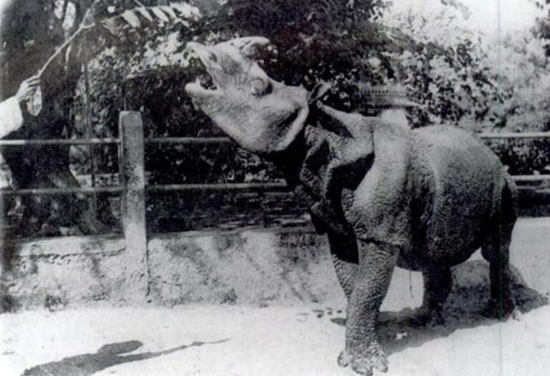
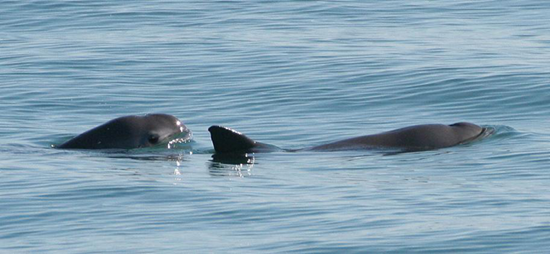
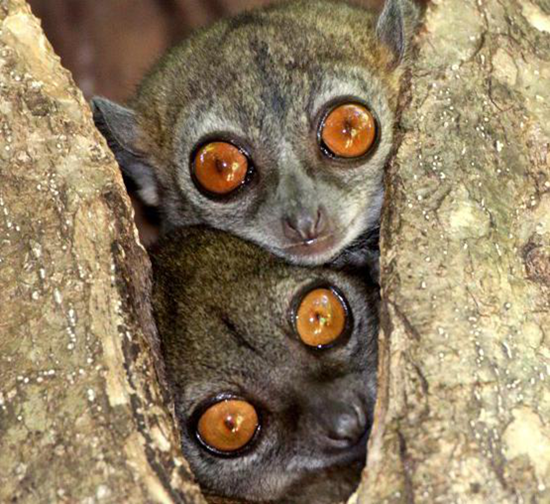
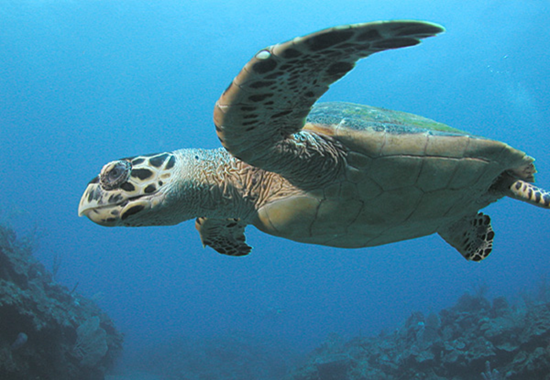
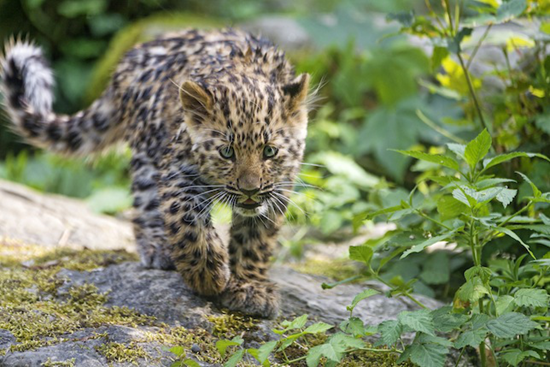
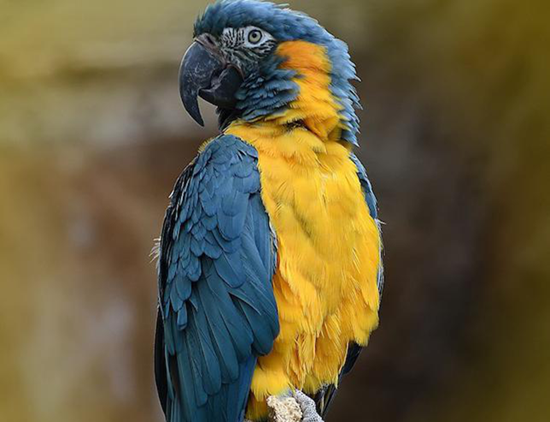
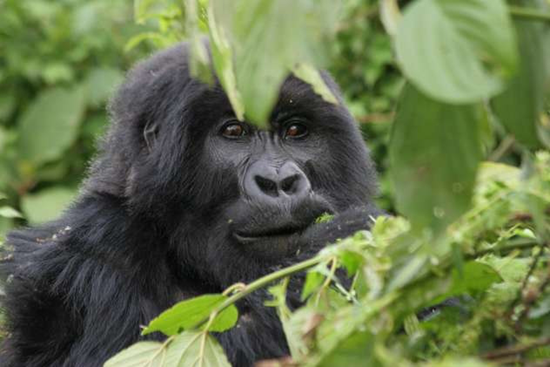
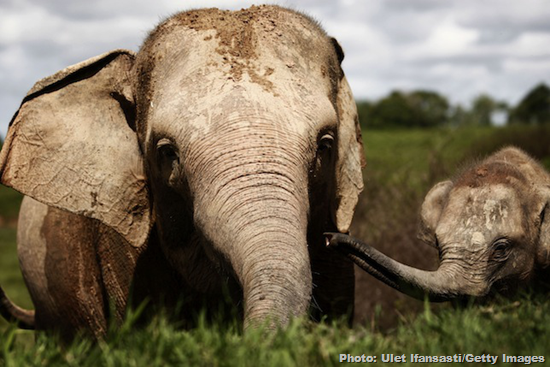
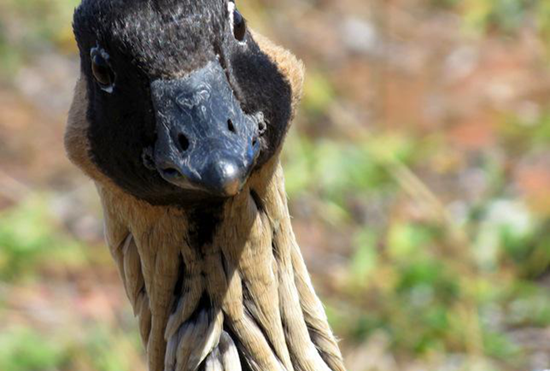
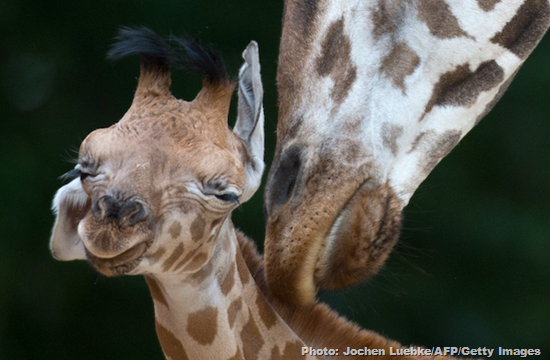
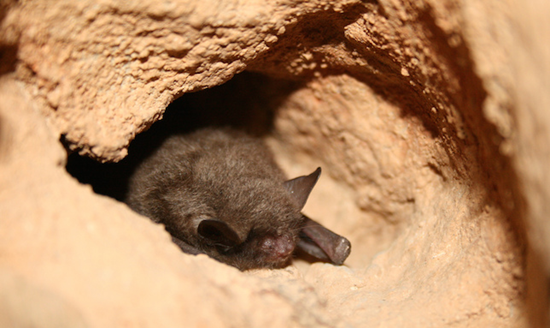
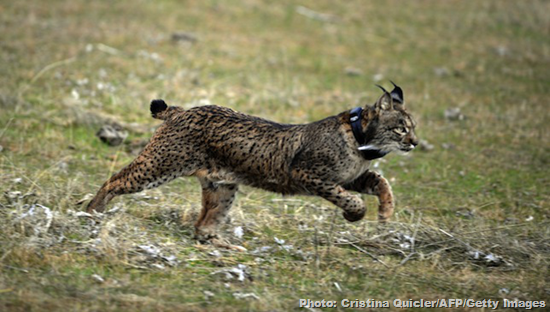
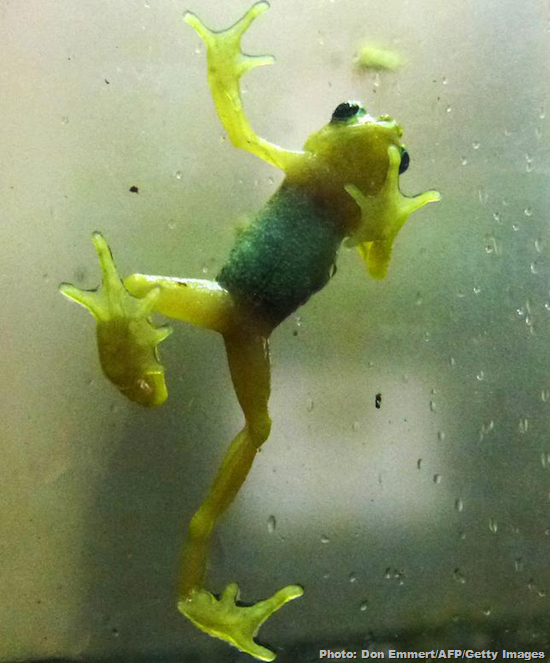
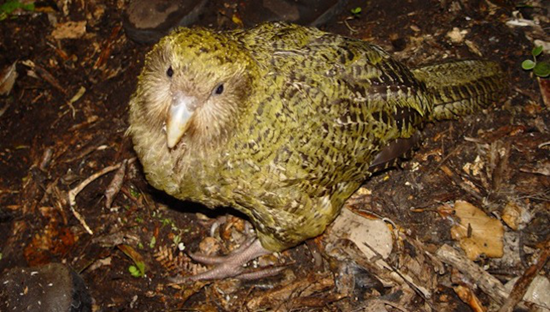
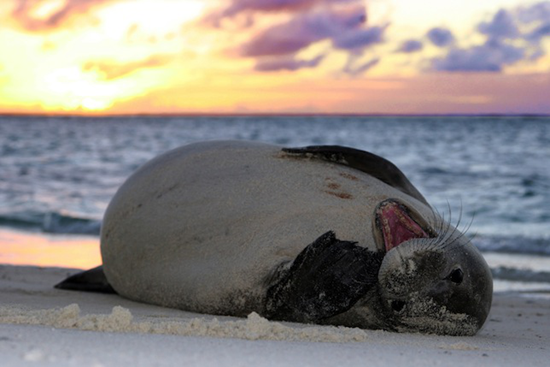
No comments:
Post a Comment
Please adhere to proper blog etiquette when posting your comments. This blog owner will exercise his absolution discretion in allowing or rejecting any comments that are deemed seditious, defamatory, libelous, racist, vulgar, insulting, and other remarks that exhibit similar characteristics. If you insist on using anonymous comments, please write your name or other IDs at the end of your message.